Cradle Cap Remedies: Easy Baby Scalp Care Solutions
Affiliate Disclosure: This post contains affiliate links. If you click on these links and make a purchase, I may earn a commission at no additional cost to you. I only recommend products or services that I believe will add value to my readers.
What is Cradle Cap?
Cradle cap is a common condition in newborns that affects up to 70% of babies by three months. It shows as scaly, flaky patches on the scalp. Sometimes, it also affects other areas, like eyebrows and behind the ears.
What Causes Cradle Cap?
While the exact cause is unknown, experts suggest that the mother’s hormones influence the baby’s oil glands. This causes them to overproduce, leading to a buildup of excess sebum and dead skin cells.
My Experience Treating Cradle Cap in My Newborn
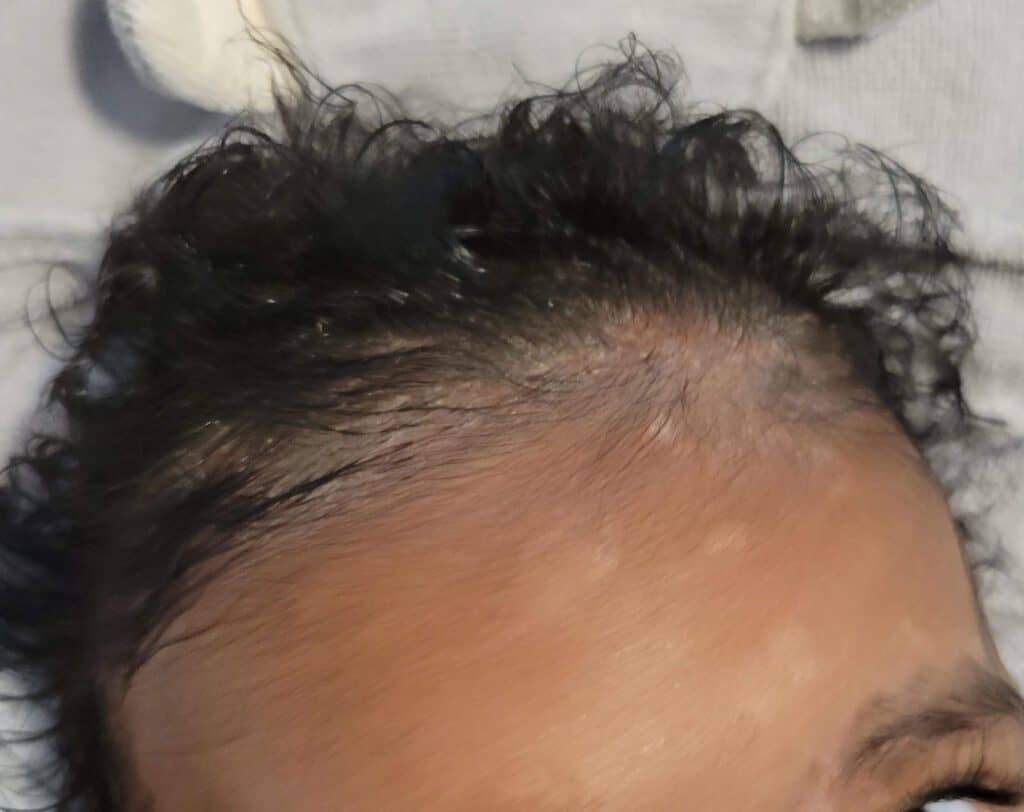
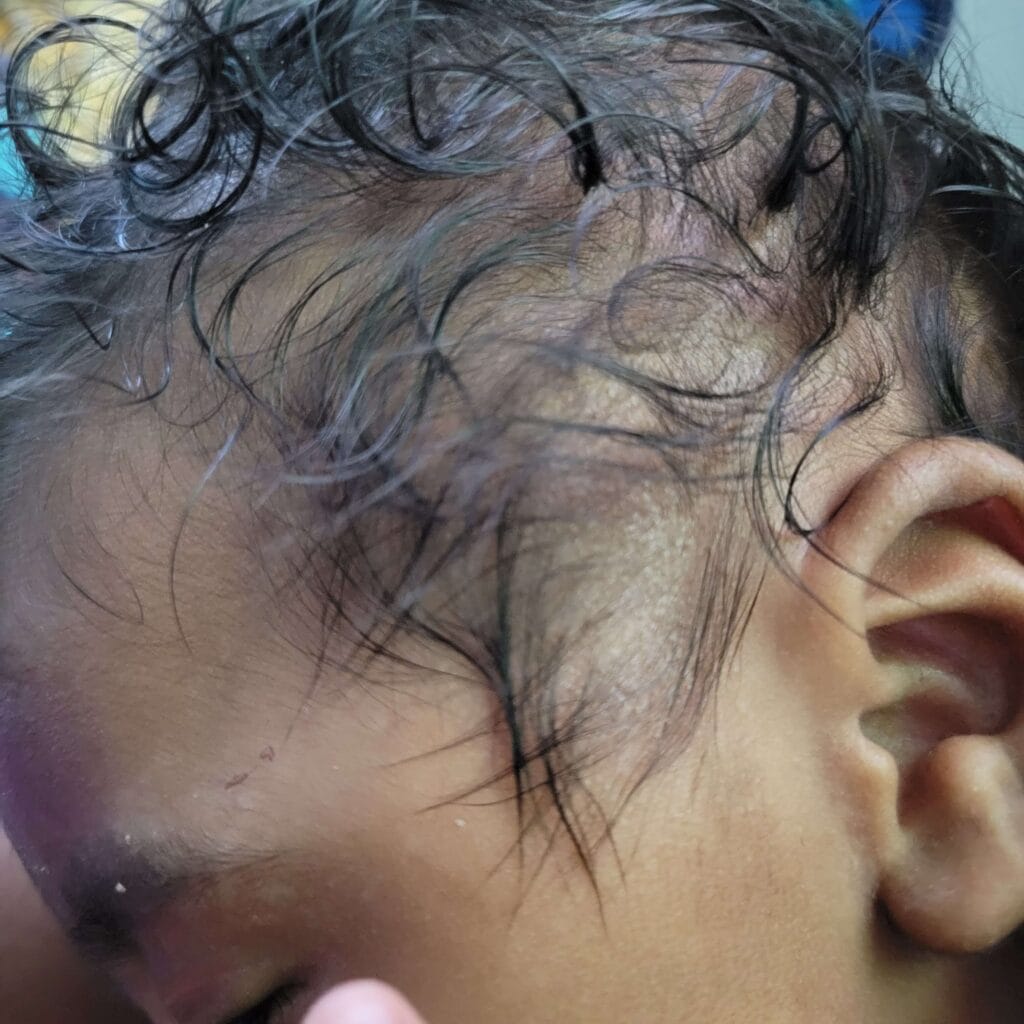
When I noticed My Son’s Cradle Cap
I first noticed my son’s cradle cap at around two months old. Initially, his hair started falling out, and brown, scaly patches appeared on his scalp. Like many parents, I panicked and tried several ineffective treatments before finding the perfect solution
How to Treat Cradle Cap Naturally
Essential Supplies for Treating Cradle Cap
Here’s what you’ll need to treat the cradle cap safely and effectively:
- Coconut oil (or olive oil/tea tree oil)
- Cotton balls and/or Q-tips
- Fine-tooth comb (a small comb from a baby grooming kit works well)
- Silicone shower brush
- Baby shampoo and conditioner (e.g., Bella B Bundle)
- Bath faucet filter
Unrefined Coconut Oil
- Organic and Versatile: This certified organic, cold-pressed, unrefined coconut oil is sourced from fresh coconuts in the Philippines. It is ideal for baby care and cooking.
- Safe and Pure: Non-GMO, gluten-free, paleo-friendly, with 0g trans fat and no artificial colors, flavors, or preservatives.
- Temperature-sensitive: It is solid below 75°F and liquid above, retaining its nutritional properties in all forms for multiple uses.
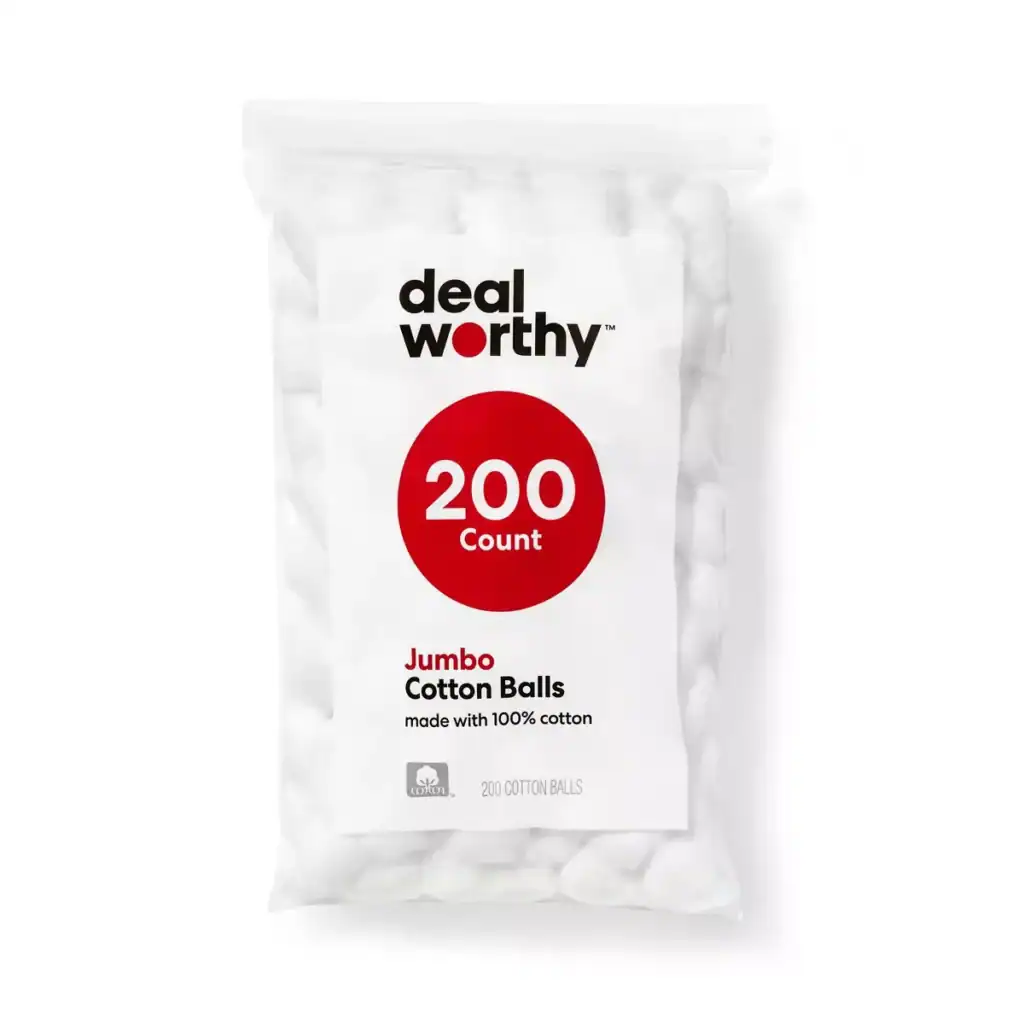
Jumbo Cotton Balls
Soft and Absorbent: It is made from gentle, highly absorbent cotton, perfect for delicate baby skin and multi-purpose use.
Value Pack: Includes 200 jumbo-sized cotton balls in a resealable pack, ensuring long-lasting convenience.
Affordable Quality: High-quality cotton balls designed for everyday needs at a budget-friendly price.
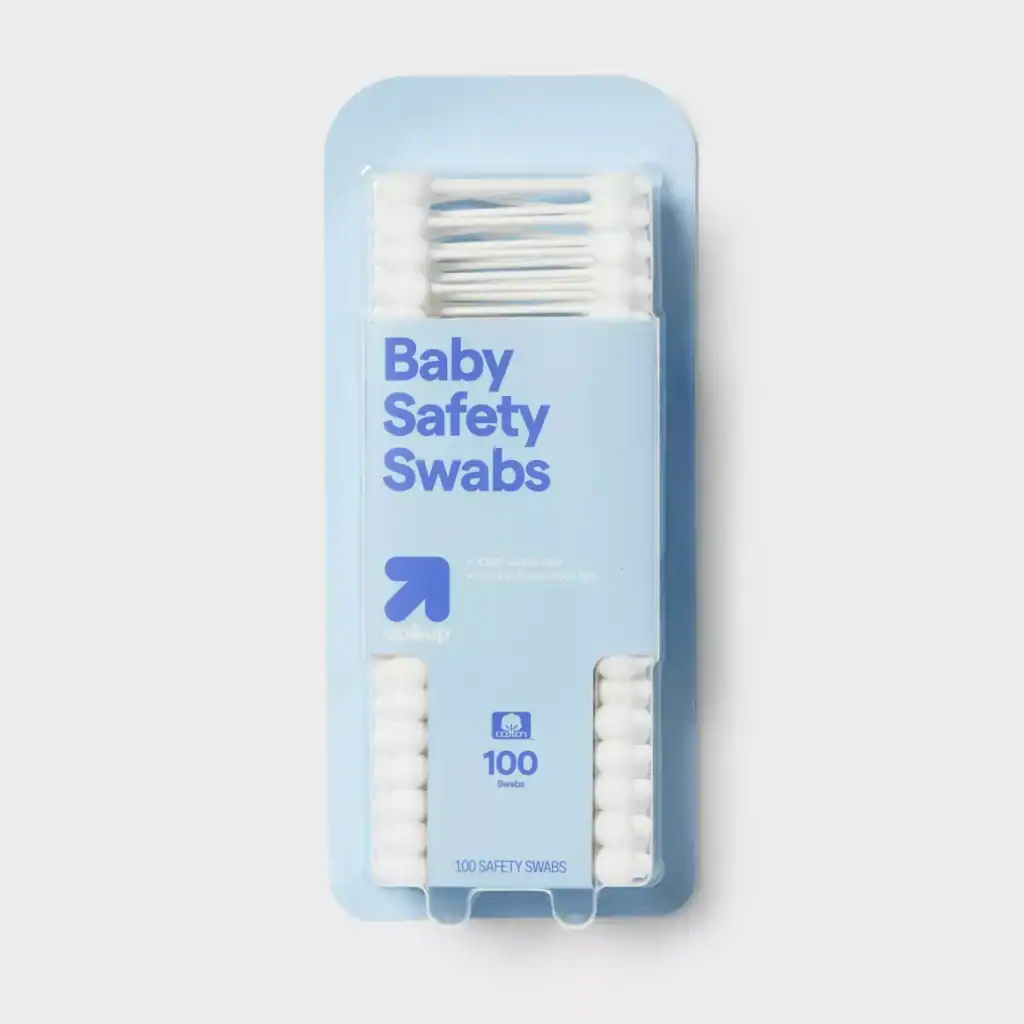
Baby Safe Cotton Swabs
Safe for Tiny Ears: Designed with a small bud and thicker cotton tuft to prevent swabs from going too deeply.
Multi-Purpose Use: Perfect for cleaning ears and nose or applying ointments to sensitive areas like diaper rash.
Value Pack: Includes 100 swabs to keep you stocked with trusted, affordable quality for everyday care.
Cradle Cap Brush For Babies
- Effective Cradle Cap Care: This kit includes three bristle brushes and 2 silicone combs. They are designed to gently remove up to 100% of cradle cap, flaky, and dry skin.
- Safe for Babies: These are made with nontoxic, BPA-free, and latex-free materials, ensuring they’re safe for all ages and skin types.
- Gentle and Hygienic: Features soft, sterile bristle brushes and food-grade silicone combs for a healthy, irritation-free scalp.
Bella B Cradle Cap Shampoo & Treatment
Gentle Cradle Cap Care: Unique foaming shampoo designed to soothe dry, flaky scalp using organic ingredients and skin conditioners.
Multi-Purpose Use: Effective for cradle cap, dandruff treatment, and maintaining a healthy scalp for babies, teens, and moms.
Baby-Safe Formula: This formula is paraben—and sulfate-free, with no animal by-products or testing, ensuring safe use for delicate skin.
Bath Faucet Filter
Healthier Bath Water: Reduces chlorine up to 100% and adds magnesium and zinc to nourish sensitive skin and hair.
Easy to Use: No installation is needed. Hang over the faucet. For best results, let water flow through and swirl in the tub.
Long-Lasting: Durable polycarbonate filter lasts 1–2 months or up to 100 baths, making it perfect for babies and sensitive skin.
Step-by-Step Treatment for Cradle Cap
Pre-Bath Preparation
- Apply Coconut Oil: Use a cotton ball to apply coconut oil to the affected areas. You can also use an oil of your choice. Be sure to avoid the soft crown area.
- Gently Comb the Scalp: Use a fine-tooth comb to loosen flakes—comb in the direction of hair growth to avoid tangles.
- Use a Q-Tip for Delicate Areas: To treat cradle cap on the eyebrows, dab oil with a Q-tip before the bath. Do the same for behind the ears.
Bath time
- Set Up the Faucet Filter: If using a faucet filter, ensure it’s appropriately installed before bath time. This will soften hard water, which can irritate your baby’s skin and scalp.
- Wash the Scalp: Apply a mild shampoo like Bella B Shampoo to the scalp.
- Massage with a Silicone Brush: Gently massage the shampoo into the scalp using a silicone brush. Use circular motions to loosen the flakes further.
- Rinse Thoroughly: Use filtered water to rinse all shampoo and flakes from your baby’s scalp.
- Condition the Hair: Apply a conditioner, like Bella B Conditioner, and leave it in for extra hydration. This helps loosen the remaining flakes over the next few days.
Post-Bath Care:
- Comb Out Loosened Flakes: Use a fine-tooth comb after the bath to gently remove any remaining flakes.
- Repeat Weekly: Do this treatment once a week to keep the scalp clean and prevent further irritation.
The Best Products for Treating Cradle Cap
Why I Recommend Bella B Shampoo and Conditioner
Bella B Shampoo includes natural ingredients like organic shea butter, aloe vera, and tea tree oil. It effectively removes cradle cap while moisturizing your baby’s sensitive skin.
Why a Faucet Filter is Essential
Hard water can dry out your baby’s skin and worsen cradle cap. A faucet filter softens the water and protects your baby’s scalp and hair health.
Preparing for Curly Hair: Tips for New Parents
Curly Hair Care for Toddlers
As your baby grows, their hair texture will change. If they develop curly hair, focus on hydration and gentle detangling. You don’t need a lot of products—just a good leave-in conditioner and a wide-tooth comb.
FAQs About Cradle Cap
Is cradle cap harmful to my baby?
No, cradle cap is harmless and typically resolves independently by 6–12 months.
Can I prevent cradle cap?
While cradle cap cannot be entirely prevented, regular scalp care and the use of gentle products can help reduce its severity.
How often should I treat cradle cap?
Once a week is enough to manage cradle cap without irritating your baby’s scalp.
Can I use regular shampoo on my baby’s cradle cap?
No, using a shampoo specifically formulated for babies with natural, soothing ingredients is best.
Should I consult a doctor for cradle cap?
Consult your pediatrician if the cradle cap spreads, oozes, or becomes inflamed.
What’s the best oil to treat cradle cap?
Coconut oil is popular due to its light texture and hydrating properties. Olive oil and tea tree oil are also effective alternatives.
Final Thoughts
Cradle cap can be worrisome for new parents, but it’s a harmless and treatable condition. Follow these simple steps. Use gentle, natural products to soothe your baby’s scalp. This will keep their skin healthy.
Stay tuned for my next post on How to Manage Toddler Curls: A Happy Haircare Guide. I will have some tips on tender-headed kids and babies.
Join the Conversation
Do you have other tips for treating cradle cap? Share your experiences in the comments below! Don’t forget to subscribe for updates and parenting.
Let’s Make Inbox Magic
Curly hair tips, real-life routines, feel-good updates—sign up for everything that makes life easier (and more joyful).
Already subscribed? Click here to access the Freebie Library.
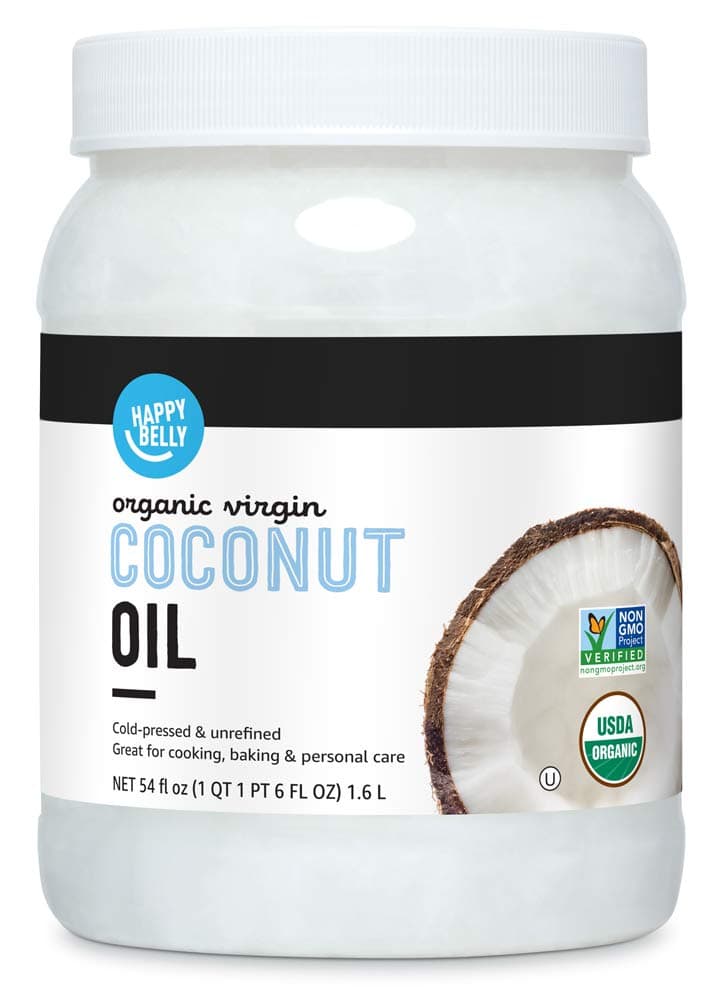
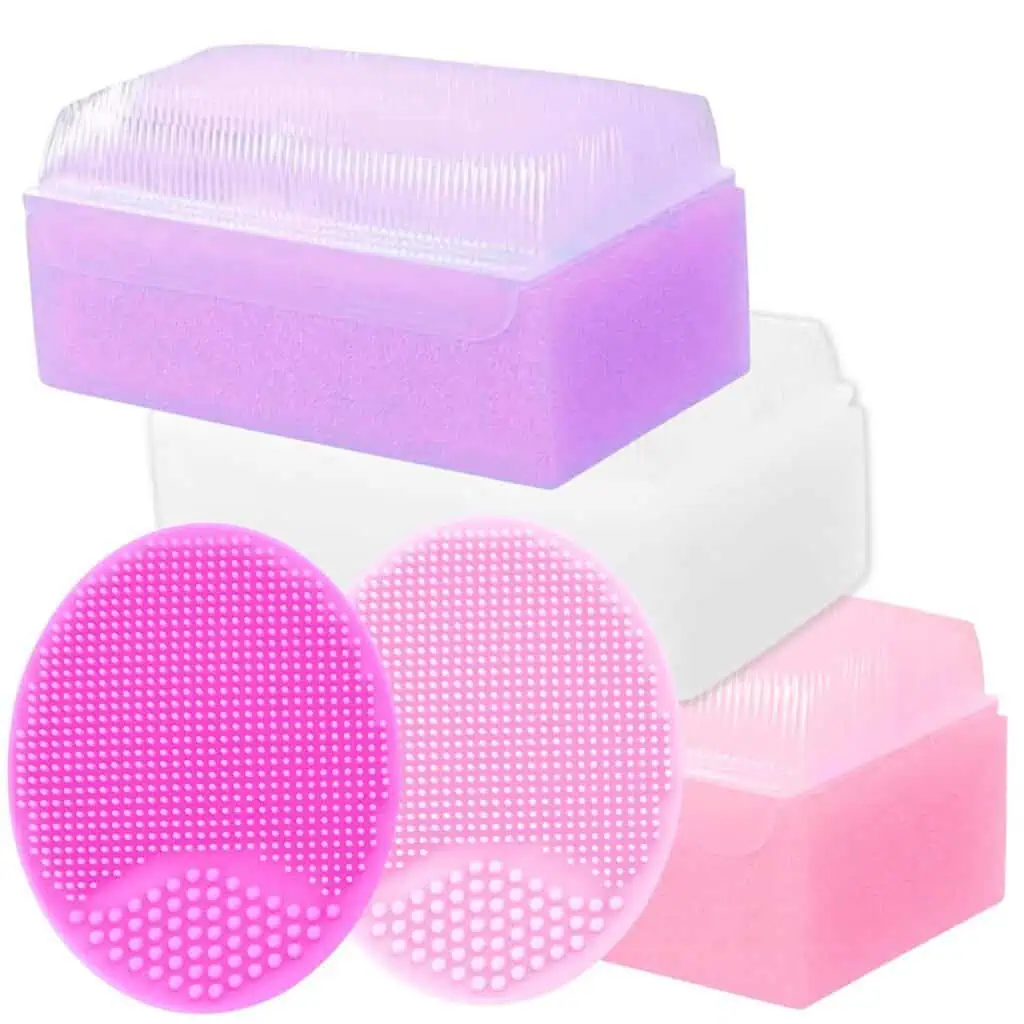
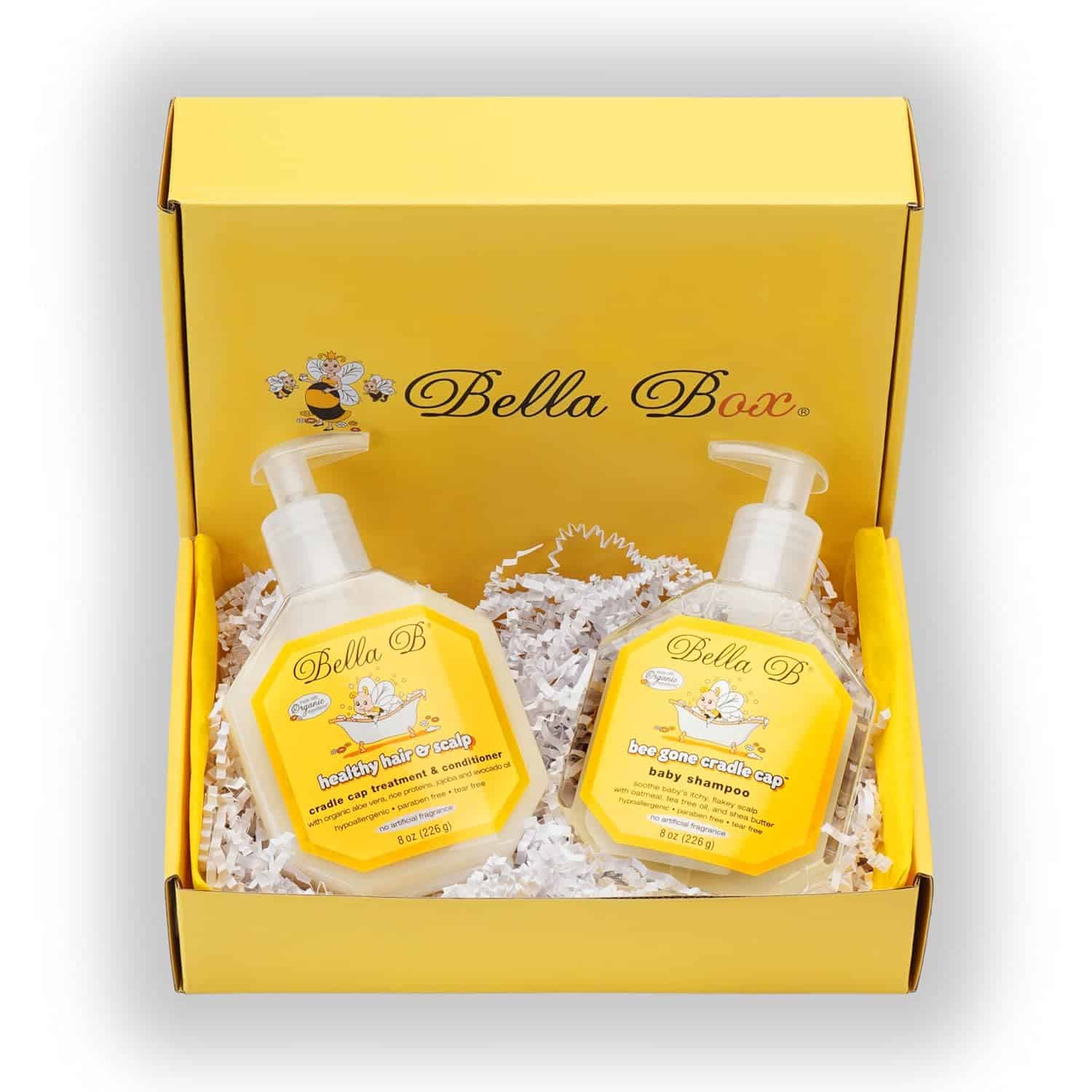
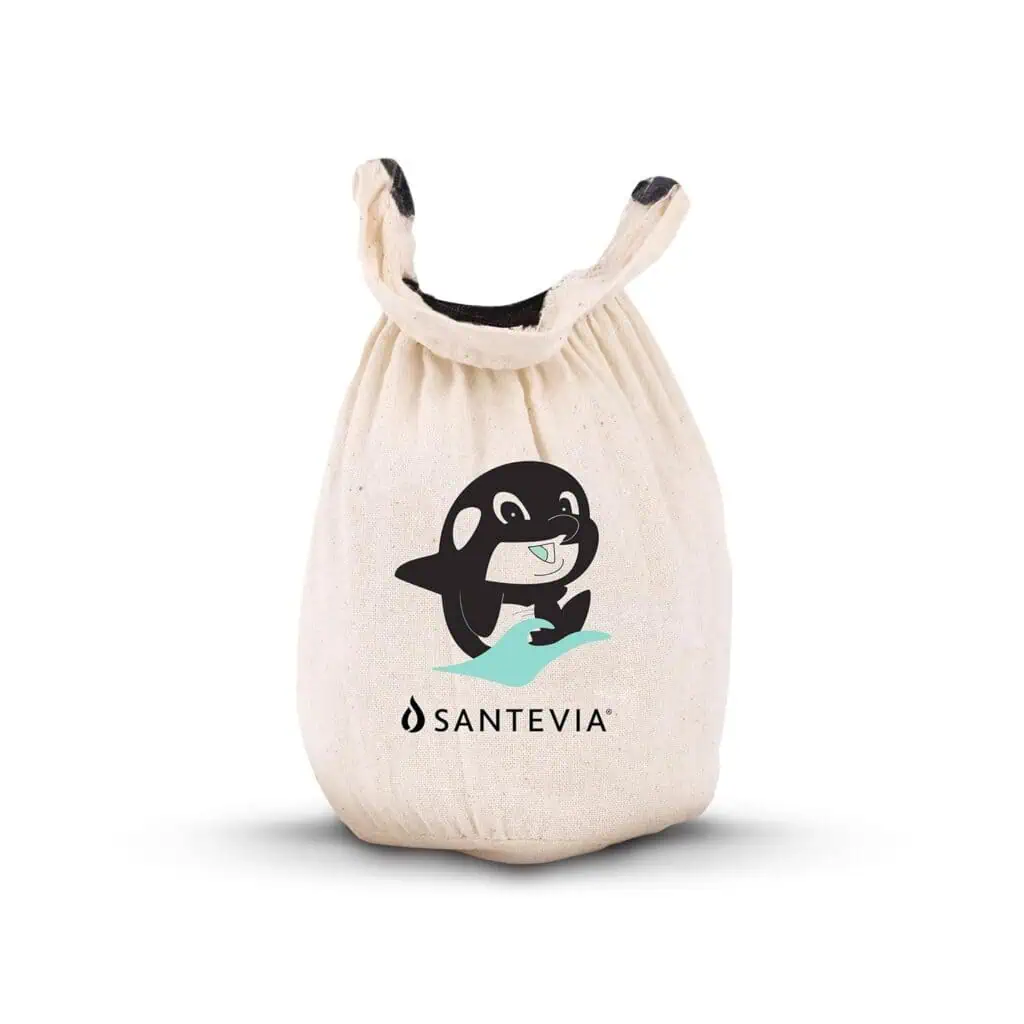
One Comment